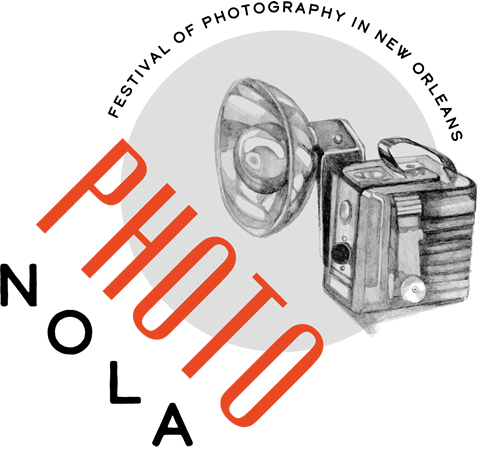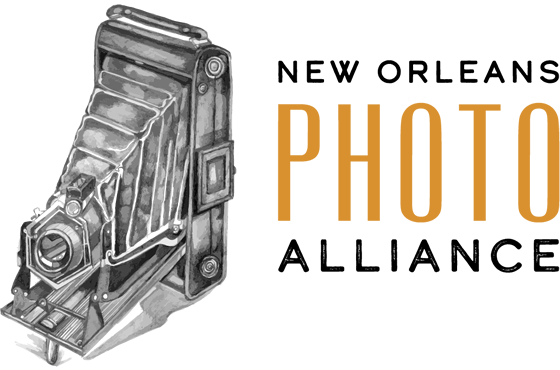
Chemical: Abstract Photography by Heather Oelklaus
November 15 – December 7, 2014
Statement:
The Chemigram process is a camera-less alternative image making technique that allows a playfulness to enter into my darkroom. Chemigrams are unique in their one of a kind quality but also for their close relationship to etching and painting. I experiment with uncomplicated materials and repeated steps to create my work. Resin coated photographic paper exposed to white light and therefore no longer desired for darkroom enlargements are perfect for making Chemigrams. I apply one or two resists to the surface of the paper in a well-lit room. Resists are materials that will temporarily block the paper from being processed be the developer and the fixer baths. Soft, hard, and controllable are the types of resists employed in my Chemigram works and I find by combining two or three resists the visual complexity of the print is increased. Examples of soft resists I use are petroleum jelly, lipstick, toothpaste, shampoo, and motor oil. The hard resists are shellac, varnish, hairspray, finger nail polish, and wax. Once the hard resist dries I have the opportunity to scribe into the surface of the resist causing the photographic paper underneath to become vulnerable to the chemical processing. Controllable resists are band-aids, masking tape, electrical tape, and packaging tape. As I process the paper I pull the controllable resist away from the paper’s surface to expose as little or as much of the paper as I desire. With the paper prepared for chemical processing I determine if I want the first bath to be fixer or paper developer. If I choose fixer first the areas of the paper not cover in a resist will become white; if the paper developer is the first bath then the resist-free areas will become black. The paper is left in the bath for a few seconds or as long as an hour depending on how quickly the resist erodes and softens allowing the chemicals to seep under its surface. With fixer being the first bath I then move the paper to the developer bath and allow the chemicals to turn the newly resist-free areas black. I repeat the process of fixer to developer (sometimes up to 200 dunks in each bath and up to 30 hours total) until all areas of the paper have been subjected to the chemistry. Experimentation along with the repetition of the baths is both enjoyable and relaxing for me. The Chemigram process has taught me to embrace the unexpected aspects of image making. – Heather Oelklaus
BIO:
Heather Oelklaus (b.1972, LeGrand, Iowa) is the Print Workshop Supervisor at Colorado College in Colorado Springs. Her photographic practice has one foot in the darkroom and the other in alternative processes. Heather utilizes historic techniques such as Daguerreotype, wet plate collodion, instant film, cyanotype, salt prints, pinhole photography, mordancage, lumen, and chemigram. Experimentation within these processes is a foundation for her work, and tongue in cheek humor is a common thread throughout her art.
In 1991, Heather attended the Kansas City Art Institute where she majored in sculpture. She moved to Colorado Springs in 1997 with her husband, Jeffrey Oelklaus. Heather recently exhibited her abstract and experimental photography in a solo show, “One of a Kind,” at the Colorado Springs Fine Arts Center. On weekends, when the light is right, she can be found shooting photographs with “Little Miss Sunshine,” her 14-foot pinhole camera truck.

